Top speed 220 km/h Length 7.47 m First flight May 27, 1933 | Wingspan 11 m Introduced 8 July 1933 Manufacturer de Havilland | |
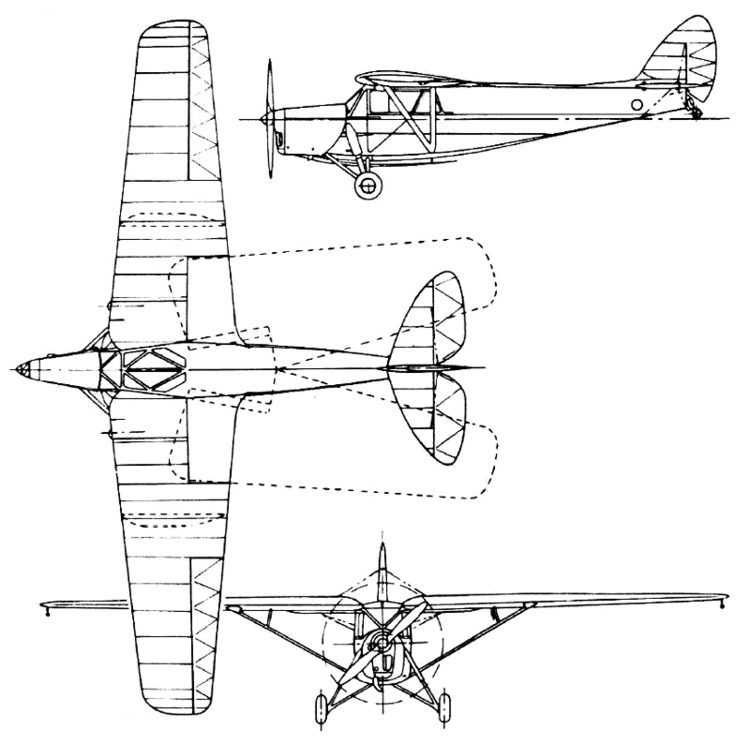 | ||
The de Havilland DH.85 Leopard Moth is a three-seat high-wing cabin monoplane designed and built by the de Havilland Aircraft Company in 1933.
Contents
- Design and construction
- Operational history
- Military operators
- Airline Operators
- Specifications DH85
- References
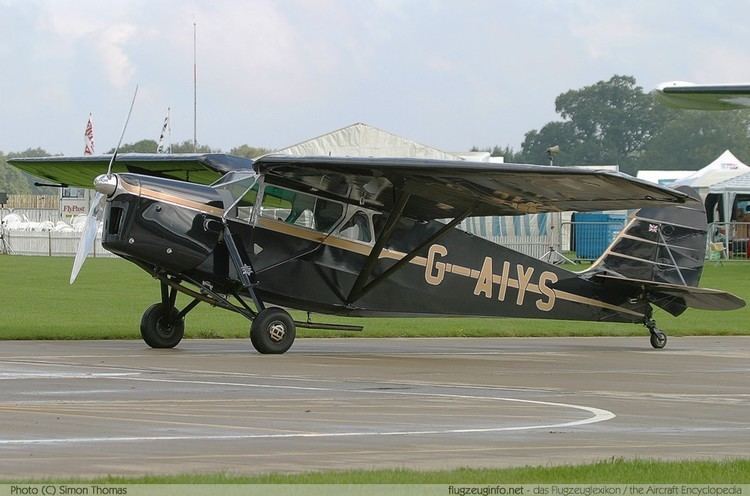
Design and construction
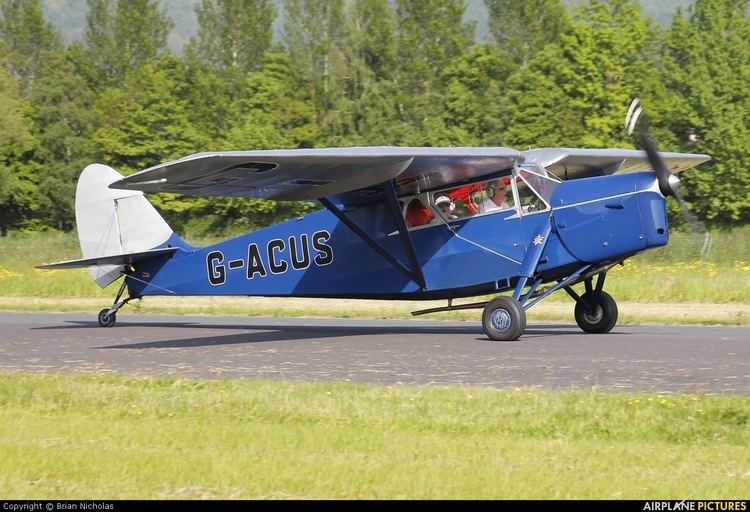
It was a successor to the DH.80 Puss Moth and replaced it on the company's Stag Lane and later Hatfield production lines. It was similar in configuration to the earlier aircraft, but instead of a fuselage with tubular steel framework, a lighter all-plywood structure was used which allowed a substantial improvement in range, performance and capacity on the same type of engine. The pilot is seated centrally in front of two side-by-side passengers and the wings can be folded for hangarage.
Operational history
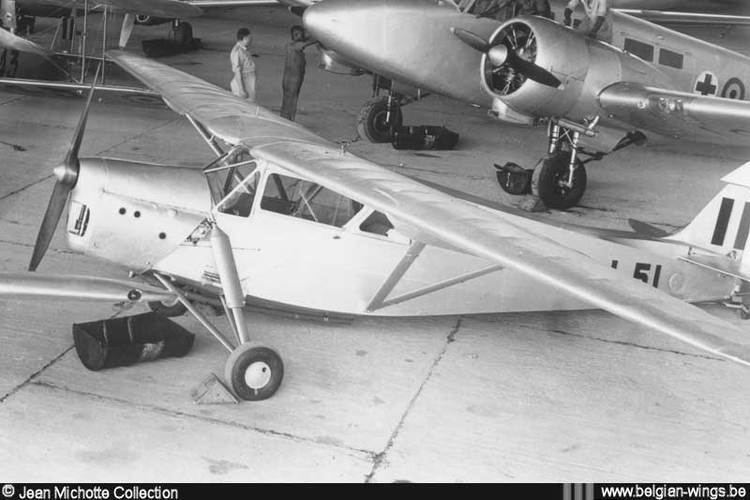
The prototype first flew on 27 May 1933 and in July won the King's Cup Race at an average speed of 139.5 mph (224.5 km/h), piloted by Geoffrey de Havilland. A total of 133 aircraft were built, including 71 for owners in the British Isles, and 10 for Australia. Other examples were exported to France, Germany, India, South Africa and Switzerland. Production of the Leopard Moth ended in 1936.
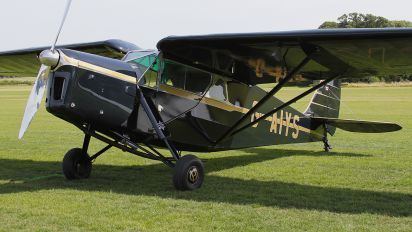
44 Leopard Moths were impressed into military service in Britain and others in Australia during World War II, mostly as communications aircraft. Only a few managed to survive six years of hard usage although a small number were still airworthy seventy years after the last was completed. Six remained operational in the U.K. in 2009.
Military operators
Airline Operators
Specifications (DH.85)
Data from De Havilland Aircraft since 1909
General characteristics
Performance
